Sample Meeting Notes
-
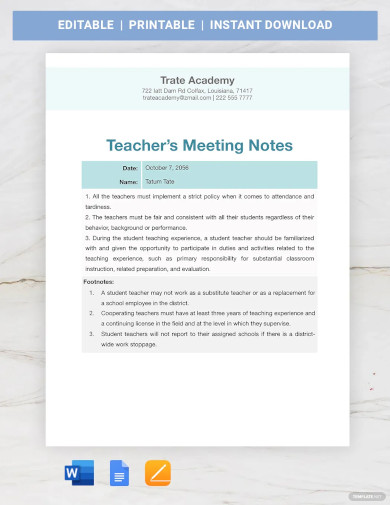
Meeting Note-Taking Template
download now -
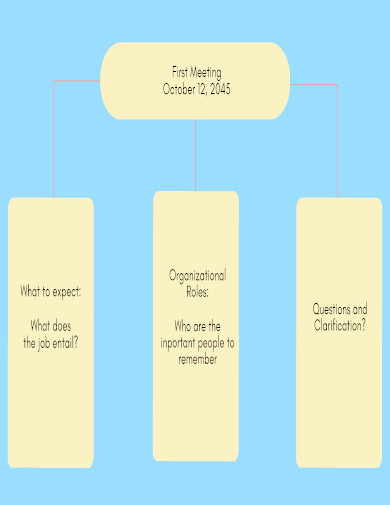
Meeting Notes Whiteboard Template
download now -
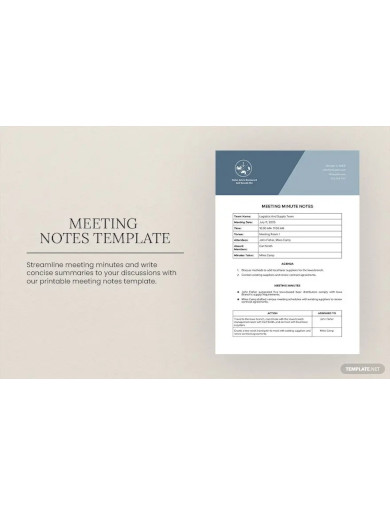
Meeting Notes Template
download now -

Student Assistance Team Meeting Notes
download now -
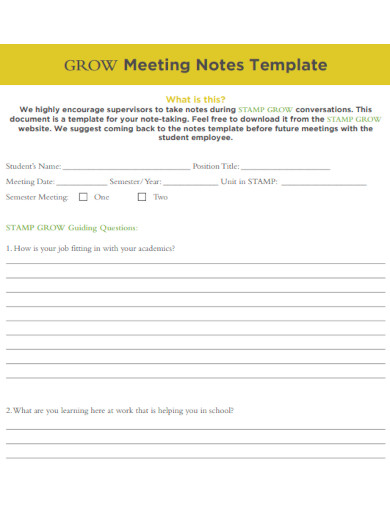
Meeting Notes In PDF
download now -
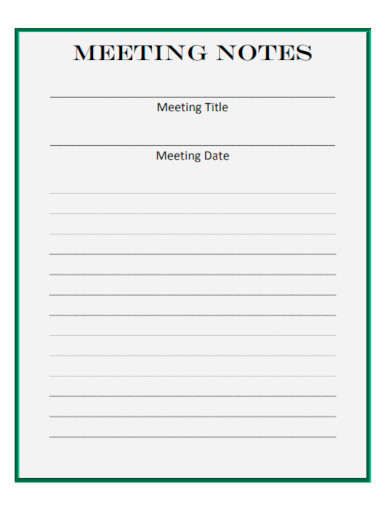
Meeting Notes Format
download now -
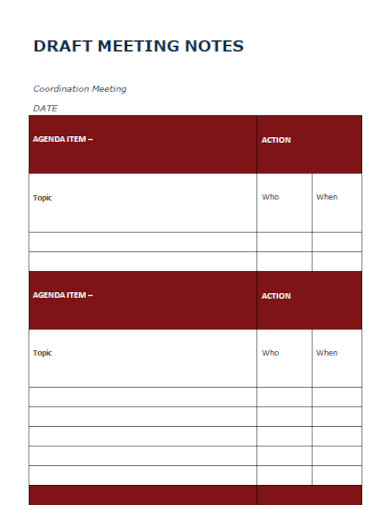
Meeting Notes in Word
download now -
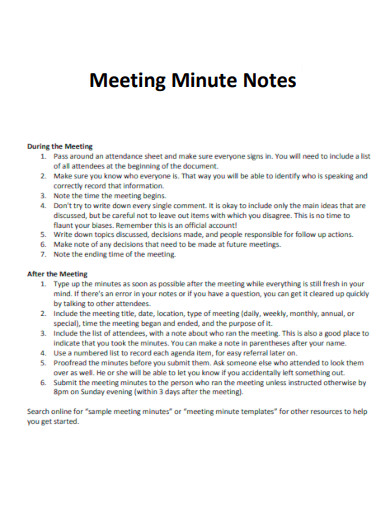
Meeting Minute Notes
download now -
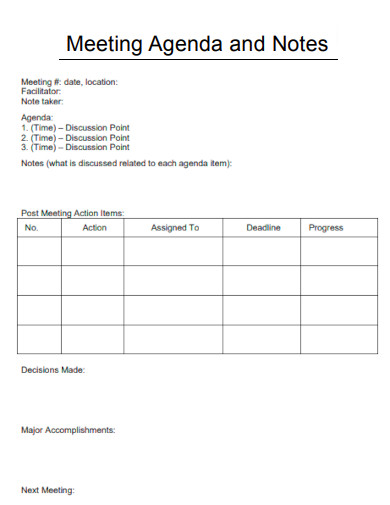
Meeting Agenda Notes
download now -
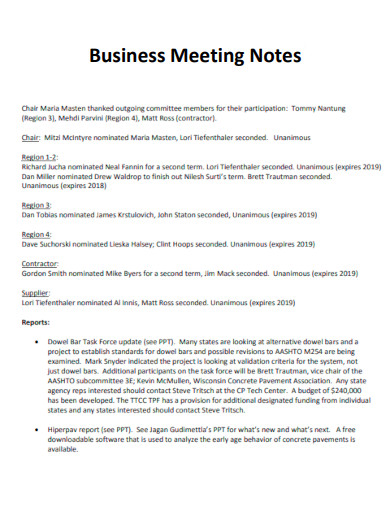
Business Meeting Notes
download now -
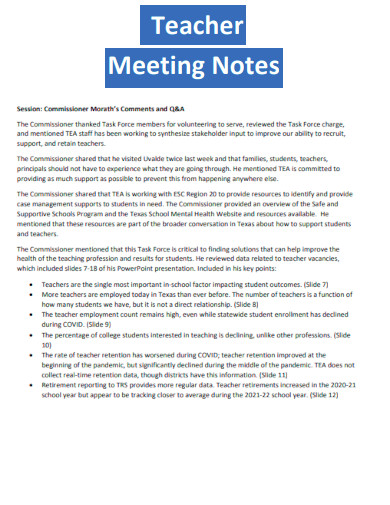
Teacher Meeting Notes
download now -
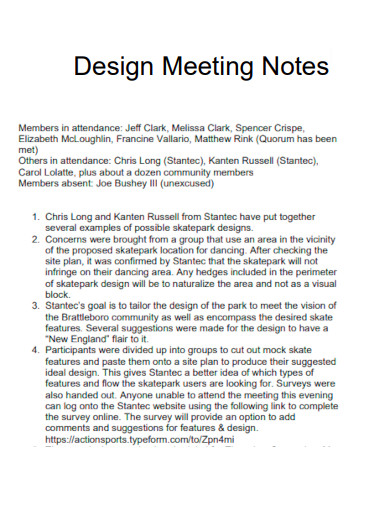
Design Meeting Notes
download now -
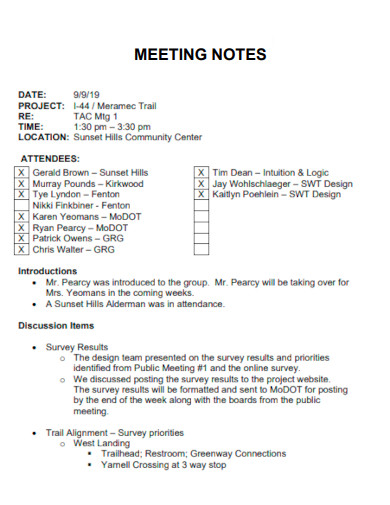
Editable Meeting Notes
download now -
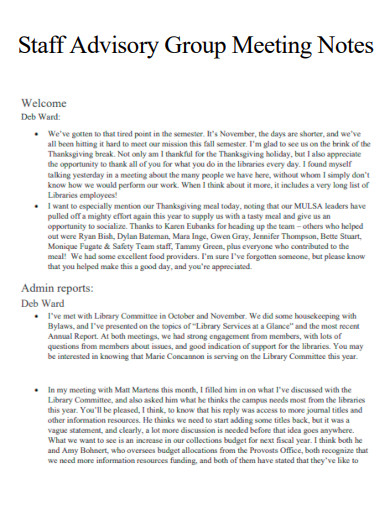
Staff Advisory Group Meeting Notes
download now -
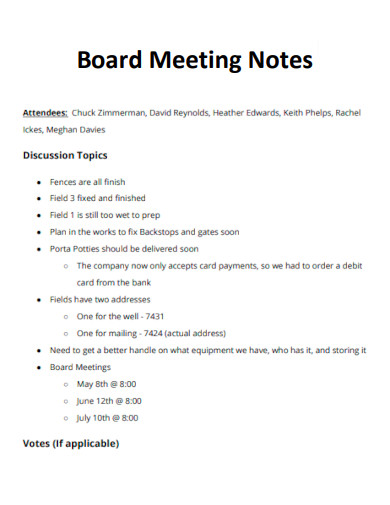
Board Meeting Notes
download now -
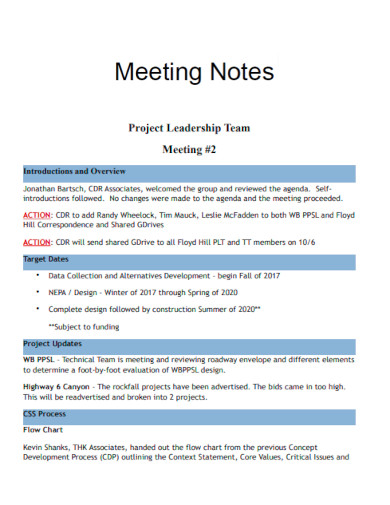
Cute Meeting Notes
download now -
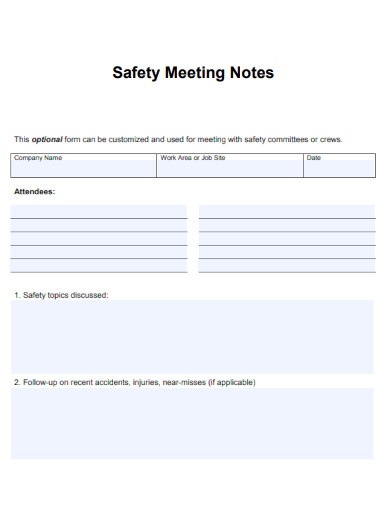
Safety Meeting Notes
download now -
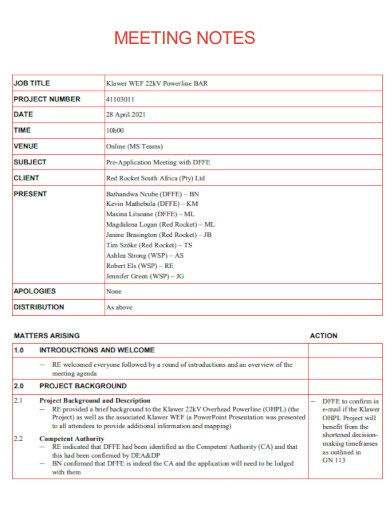
Visual Meeting Notes
download now -

Staff Meeting Notes
download now -
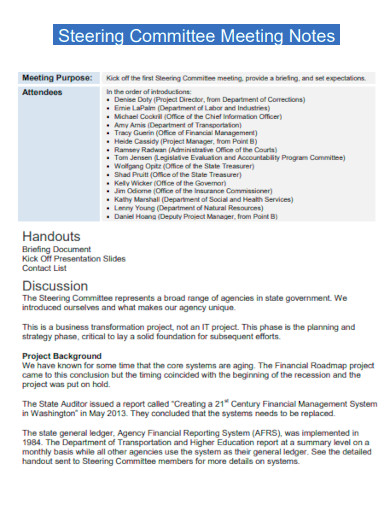
Steering Committee Meeting Notes
download now -
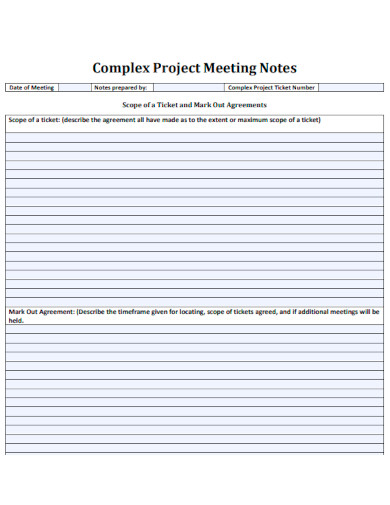
Project Meeting Notes
download now -

Pre-Construction Meeting Notes
download now -
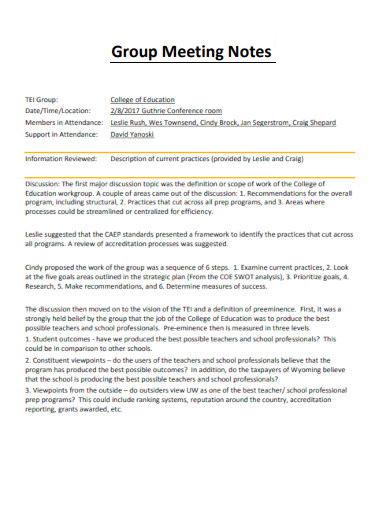
Group Meeting Notes
download now -
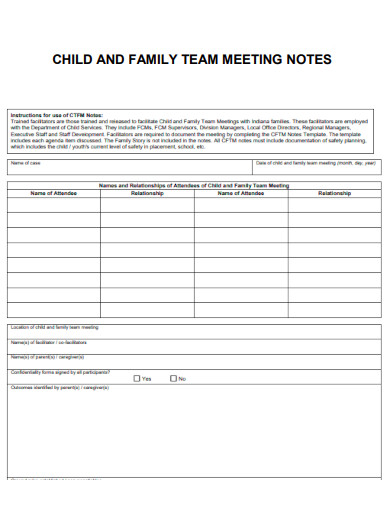
Sample Meeting Notes
download now -

Meeting Notes Worksheet
download now -
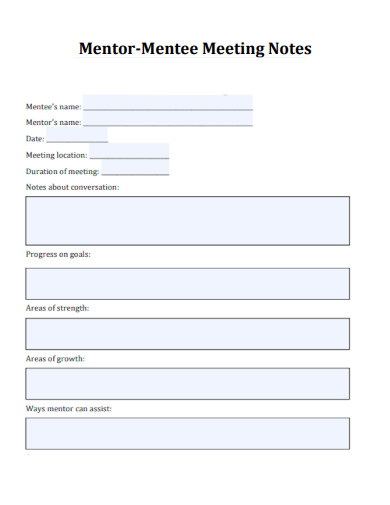
Mentor-Mentee Meeting Notes
download now -
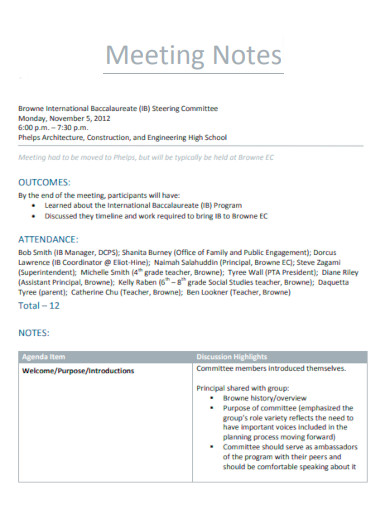
General Meeting Notes
download now -
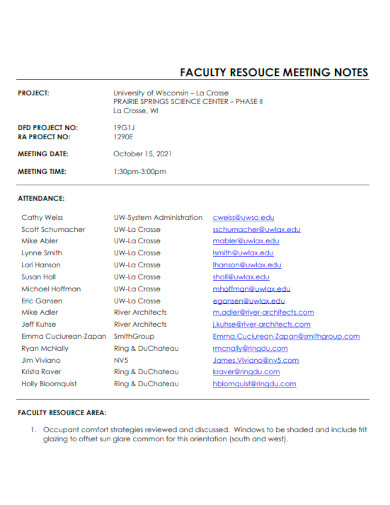
Faculty Resources Meeting Notes
download now -
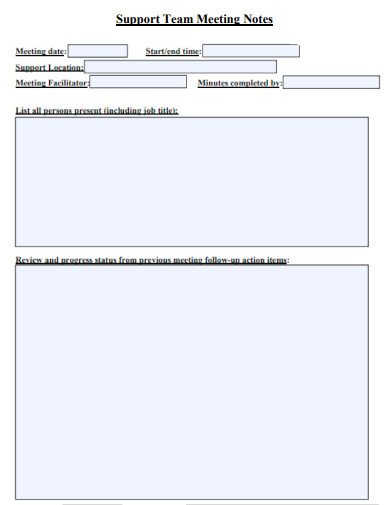
Support Team Meeting Notes
download now -
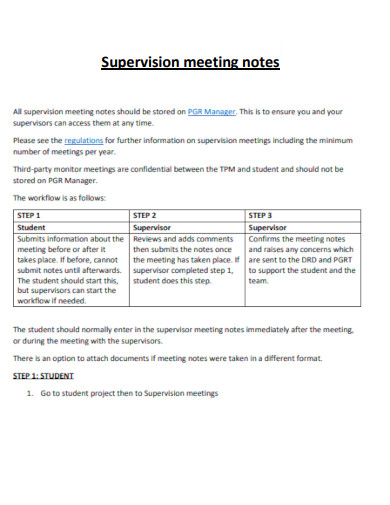
Supervision meeting notes
download now -
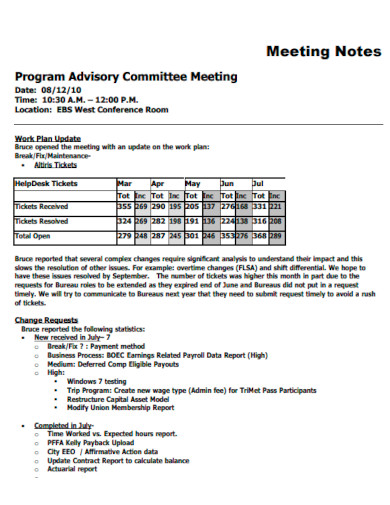
Program Advisory Committee Meeting Notes
download now
What Are Meeting Notes?
The leading information points jotted down during a meeting are the meeting notes. Good meeting notes enable you to recall the meeting’s key points and any action items you and your team members must complete before the next meeting. Meeting minutes have no standard structure or format; note-taking techniques can vary according to personal preference. Taking meeting notes is an essential component of a meeting, as it enables attendees to document pertinent details, deadlines, and relevant updates that may arise during the meeting. This is especially useful when specific team or company members cannot attend a meeting, as they can refer to the meeting minutes to remain abreast of the latest developments.
Benefits of Meeting Notes
If you want your meetings to be productive rather than a waste of time, you are likely already working to establish a clear objective, create a sample agenda, and invite only those who need to be there. However, these actions are insufficient and can backfire if you do not also capture and distribute notes. You have a well-defined objective, but no one has documented the decision or next steps. Prepare to have this discussion repeated in yet another meeting. Who missed the meeting, and why are there no notes? Another reason for scheduling additional appointments. If there is a business meeting, someone must take notes. Here are five reasons.
How to Take More Effective Meeting Notes
When you enter a meeting, you don’t think much about how to take practical meeting notes. You may have peeked at the agenda beforehand, but you must still prepare. You may be the type to write down bullet points, or you may type out every word spoken among your team members. By the conclusion of the meeting, you’ll have notes to refer to, but they’ll need more structure and insight, and they likely won’t help you remember crucial details once you exit Zoom or the conference room. In a world where hybrid and asynchronous work has never been more prevalent, taking notes is essential for keeping your team engaged, informed, and on task. Avoid relying on literal note-taking to record meeting details. Be deliberate about taking meeting notes to remain prepared, recall critical insights, and be more efficient when completing the work. Utilize these five note-taking strategies to absorb meeting ideas and maximize your team’s time together.
1. Take Notes Before the Meeting to Prepare
Take notes before the meeting to prepare and organize your thoughts and ideas. You will be better prepared for the meeting and more productive once it begins. According to an ancient proverb, failure to prepare is preparation for loss. Being prepared is effective for you and frustrating for others in the meeting, which hinders connection and progress. As the meeting facilitator, you can help your team prepare by distributing the agenda in advance, with sufficient time for participants to examine it. Facilitators should also take pre-meeting notes to clarify meeting objectives and discussion topics.
2. Plan Your Note-Taking According to the Meeting’s Agenda
Several well-established methods exist for organizing meeting notes, but the outline method is the most prevalent. Using the agenda as a guide, construct a document for the meeting with sections corresponding to each item and space for comments and suggestions. This allows you to go one step further by utilizing a template based on the meeting type (are you undertaking a SWOT analysis? Is it a brainstorming session? ) or constructing your structure in minutes and utilizing color coding and tags to organize notes by theme or topic. This improves your ability to capture essential information during the meeting and facilitates the synthesis and analysis of key takeaways for your team after the session. Some applications provide a more general solution if you’re searching for one. A free meeting notes template is a fantastic option for meeting leaders and attendees who want to take more organized notes. This template will assist you in documenting meeting objectives, attendees, decisions, and action items for simple reference and subsequent action. You can share it with your team to improve collaboration and objective progress. While using the agenda as a guide is beneficial, more than merely recording meeting minutes is needed. The meeting minutes constitute the formal record of the meeting. While you can nominate someone to take minutes if the meeting requires it, minutes are typically more formal and contain information such as an attendance list, discussion topics, events, and decisions.
3. Effectively Summarize by Emphasizing Key Takeaways
Your notes should include more than a simple summary of the meeting’s events. They should be written so you can note your insights, assimilate information, and reflect on concepts. Mind mapping is another technique that can stimulate creativity and help you link ideas and themes across various subjects. It is a visual technique in which a network of supporting concepts surrounds the central theme or idea. It is typically an excellent option for non-linear learners. For example, facilitators could construct a collaborative mind map for brainstorming sessions and plot team members’ suggestions. Regardless of your chosen method, it would help if you found a means to record your insights and questions. Focus on what’s essential rather than writing down everything a presenter or team members say, so you pay attention to the essentials after the meeting.
4. Transform Your Observations Into Actions
Practical meeting notes serve as a record of the team’s discussions and inspire action. With specific action items, your meetings will likely be effective. Every meeting should conclude with a list of action items and your role in completing them. Be specific — document the next step, how it will be completed, and who is responsible for carrying it out, mainly if it is you. An action item could be as straightforward as following up with a coworker to obtain the necessary data or sending a sample memo to clarify a topic on which numerous team members had questions. Consider the meeting’s main takeaways and the team’s desired outcomes when crafting action items. Ensure that you depart the meeting with a clear understanding of what must be done next and how you will do it, and share your meeting notes with all stakeholders’ meeting report as a record of your collaboration and a reminder of the next steps.
5. Utilize Your Records for Retrospectives
Now that you have captured the essential points, summarized and analyzed your notes, and created action items, you are ready to move forward. Then, what transpired? How did these action items translate into tangible results? You need to consider where you began to comprehend where you ended up. Not only is it advantageous for real-time and asynchronous collaboration, but also for the creation of scalable, repeatable processes that lead to long-term success. Again, grouping your notes based on themes will simplify organizing your action items and analyzing your approach’s strengths and weaknesses when it is time to iterate. Suppose you’re using a virtual collaboration platform or an online whiteboard. In that case, you can incorporate this into your note-taking with sticky notes and tags or by using the locate and filter function to organize your content efficiently.
FAQs
What are business meeting notes?
Meeting minutes are the notes recorded during the meetings of a company or organization. They are used to record the discussions, decisions, and action items that result from them. Corporations organized under state law are typically required to create and maintain minutes.
Who prepares the agenda?
An agenda is drafted and disseminated by the meeting facilitator, who is typically the chairperson. Frequently, an administrative officer assists the facilitator with this duty. Typically, the facilitator consults with other participants when arranging the meeting agenda.
What is the rule for meeting minutes?
The minutes should follow the order of the agenda and include an introductory, almost imprecise summary sentence or two for each agenda item, along with the presenter’s name. The agenda should reflect the exact sequence of votes taken. In general, avoid including names.
These tips will help you improve your meeting notes, but taking excellent notes has as much to do with what you do after the meeting as it does with what you write down during it. You’ve taken the time to formulate insightful insights; now, you must schedule a time to review these notes and implement the ideas. Apply what you’ve learned to your daily work so that you retain the insights, and be diligent about completing action items so that your team can continue to advance.
